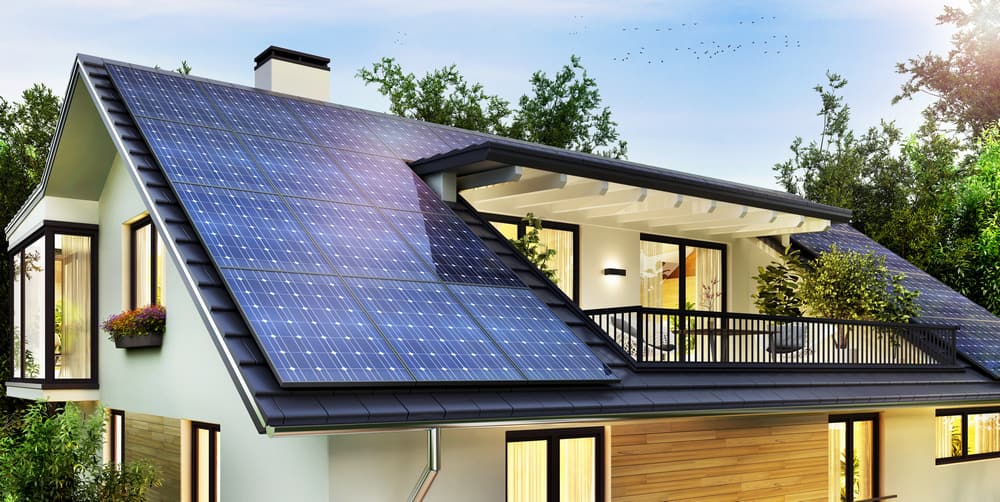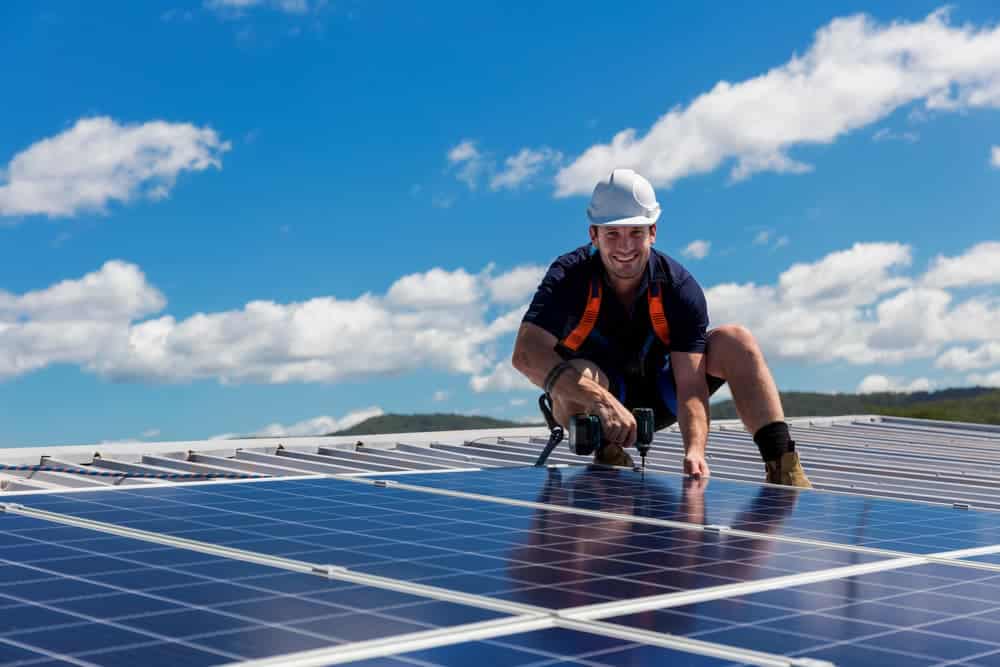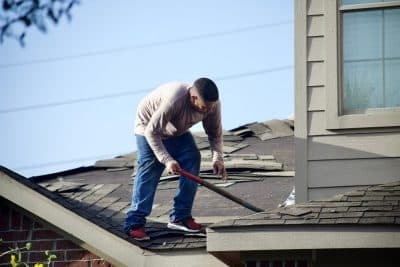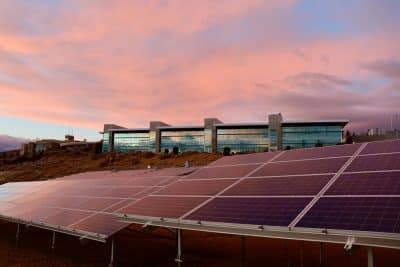The sun’s heat is the largest source of energy this planet has been receiving. However, there have been limitations in exploiting this renewable energy source. This is because of the costly conversion of solar energy to electricity and the varying supply of sunlight in the different regions of the earth.
Some areas of the planet receive more sunlight than others, and the time the sun shines in specific regions can be shorter than the rest. So even if energy coming from the sun is expected to last for 50 billion more years to give us an abundant supply, the planet still widely uses non-renewable sources like coal, oil, and natural gas.
But this has changed a lot in recent years. The creation of solar panels made it viable to convert the energy from the sun’s heat to power homes and industries. In the United States, San Diego is the most solar city, with 10% of households using solar energy.
There are many benefits to using solar panels. Aside from reducing electricity costs, you will receive a federal income tax credit when you file your taxes and local rebates from Solar Renewable Energy Credits (SREC), which could cut in half the investment you made for the installation.
But before deciding on the installation, ask yourself the following questions:
1. How Much Energy Do You Consume?
The more electricity you consume, the bigger the savings and payback of a solar panel will be for your home. But you also have to make sure that you have made energy efficiency improvements first to fully maximize the power the solar panels will give your home.
Energy converted will be wasted on old appliances that consume so much electricity, like old heating, ventilation, air conditioning (HVAC) systems, and rooms with poor insulation and large window gaps.

2. Will Your Home Insurance Cover It?
Many homeowners are wary of installing solar panels because of the question: ‘are solar panels covered by home insurance?‘ The answer to that is a resounding yes.
Knowing that the equipment is already expensive, they ask if the insurance will cover the installation and inverter. About the installation, a DIY solar panel might not be answerable by insurance, but a hired authorized professional might be. To be sure, reach out to your insurance provider and inquire if this is included in the covered peril clause.
3. What Is The Size Of Your Roof?
Each solar panel takes about 18 square feet. So, if you’re installing 24 panels, you need at least 450 square feet of space on the roof.
4. How Old Is Your Roof?
The average life span of a solar panel is from 25 to 30 years. If your roof is already existing for several years, you might consider fixing and upgrading your roof first so it won’t interfere with the continuous function of your solar panel. Dismantling and reinstalling a solar panel could be costly. It would be best to assess the longevity of both structures and match their efficiency in terms of years so you’ll be investing wisely in the long run.
5. Does Your Roof Have The Appropriate Shape And Material?
The best roofs for a solar panel are shingled roofs that are angled at 30 to 40 degrees. Contrary to popular belief, solar panels don’t work well with flat rooftops. Clay and slate roofs are also not recommended as they could easily break.
6. What Is The Weight Your Roof Can Handle?
An average five by three feet solar panel weighs about 40 pounds. A typical home needs about 20 to 24 solar panels to cover most electricity needs of the house. That is about 800 to 960 pounds in weight or 362 to 435 kilograms!
The increased weight of the structure on your roof could weigh your roof down and cause it to collapse. It would be best to consult an expert’s opinion and find out if you need to strengthen your foundation to prevent this from happening.

7. Where Will The Water Run-Off?
When solar panels are installed on the roof, portions of the structure can redirect the flow of water elsewhere when it rains. The traditional water route to the gutter and flow drain may be affected.
There could be challenges with flowing and draining that could lead to leaks and damage to your home’s interior. The solar panels may need to be dismantled and repositioned when this happens. That is why it’s necessary to conduct a thorough assessment before deciding on the installation of the structure.
Conclusion
Using a renewable energy source like the sun will make a more sustainable impact at home and reduce your carbon footprint. It is a clean energy source that will help the planet heal and help to address the issues of climate change.
The supply of non-renewable sources of energy like oil, coal, and natural gas is not forever. The predicted supply of fossil fuels is expected to deplete in 50 years, natural gas in 53 years, and coal in about 114 years. Converting your electricity use to solar energy will make the most sense to conserve the remaining non-renewable sources the planet has today and to register your own eco-friendly contributions to addressing climate change.








